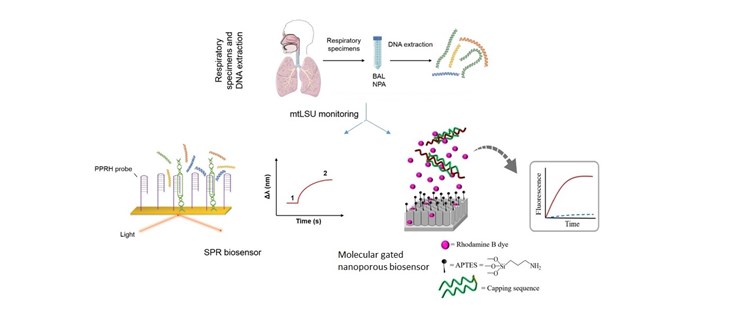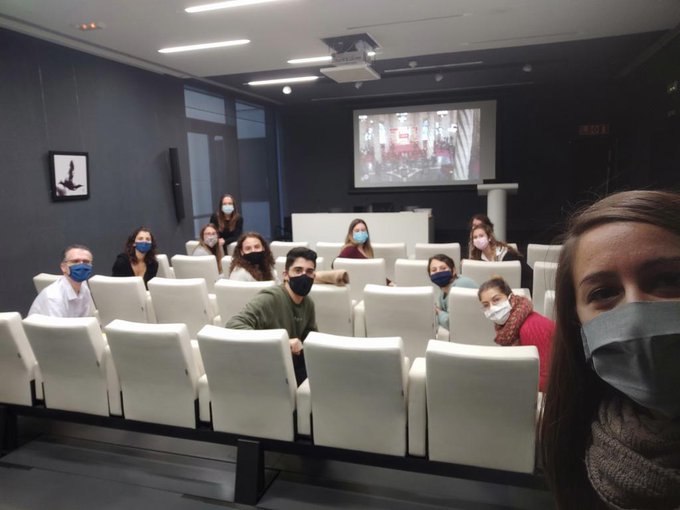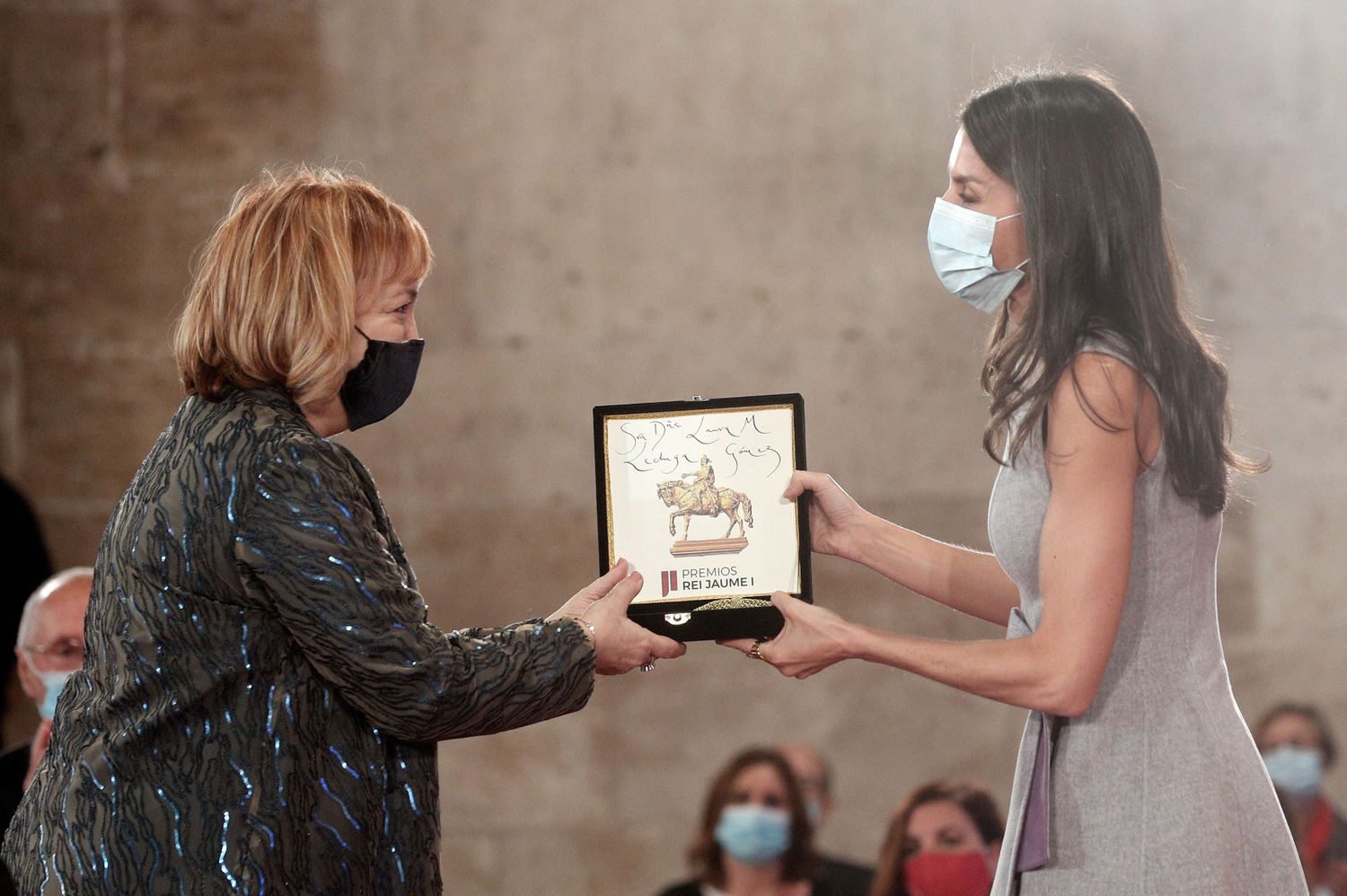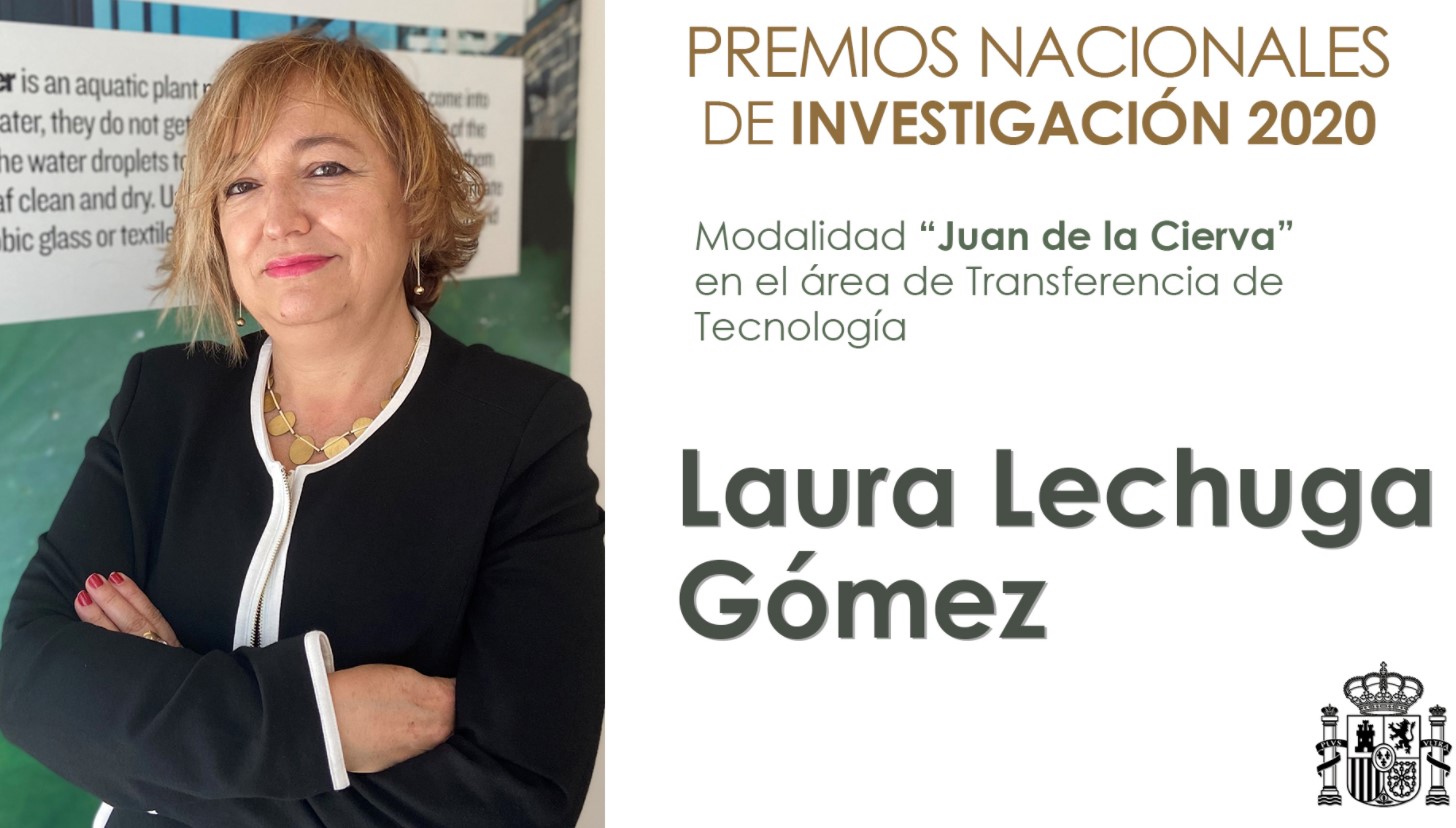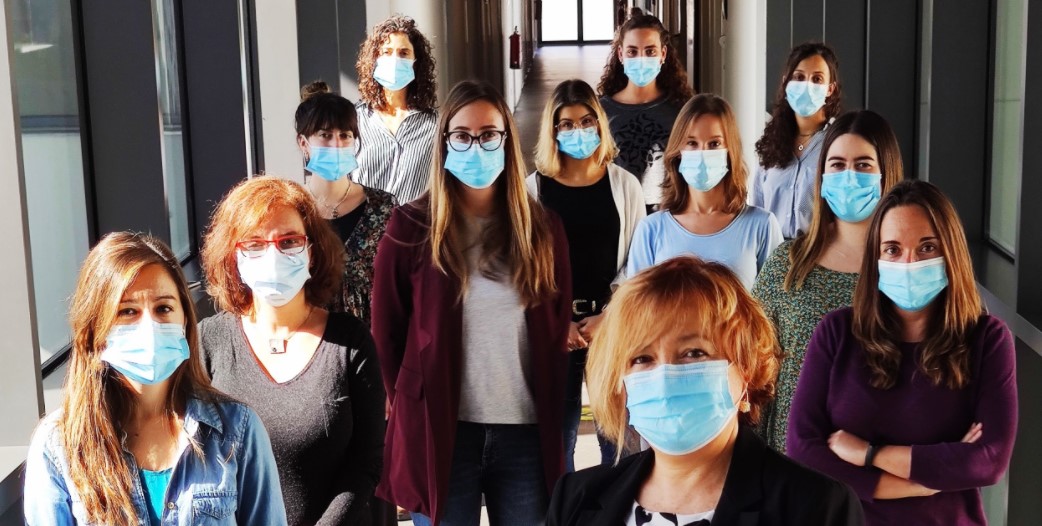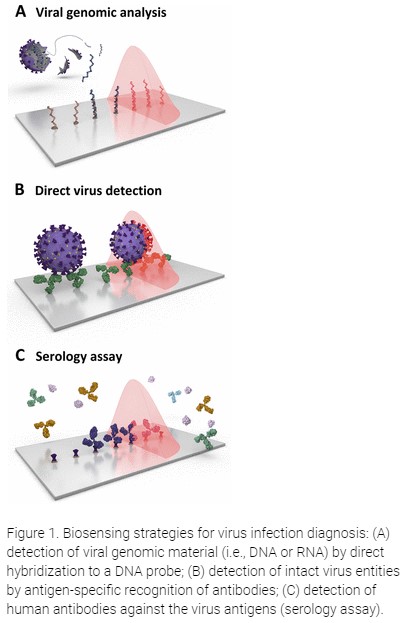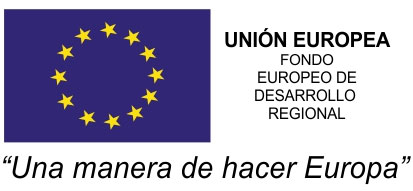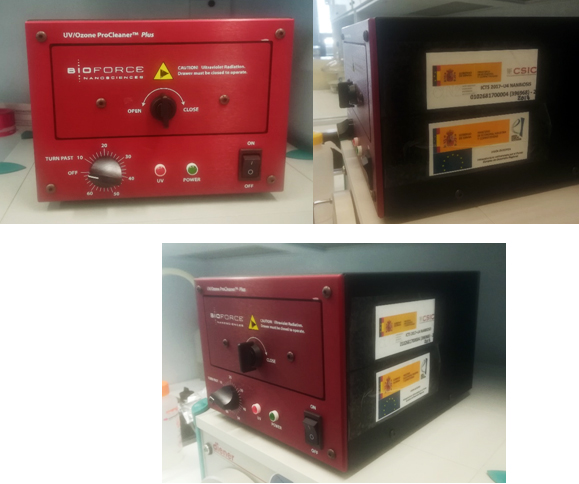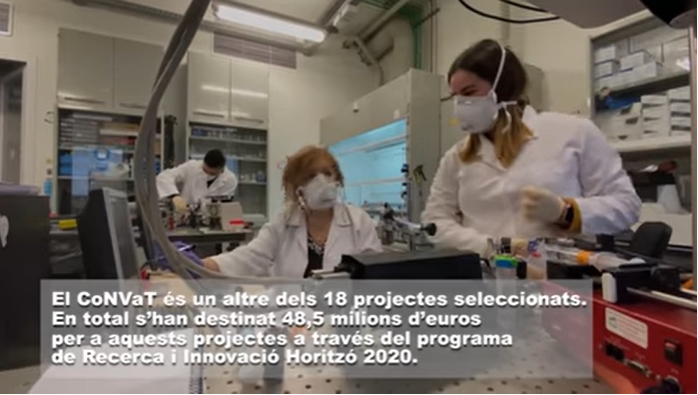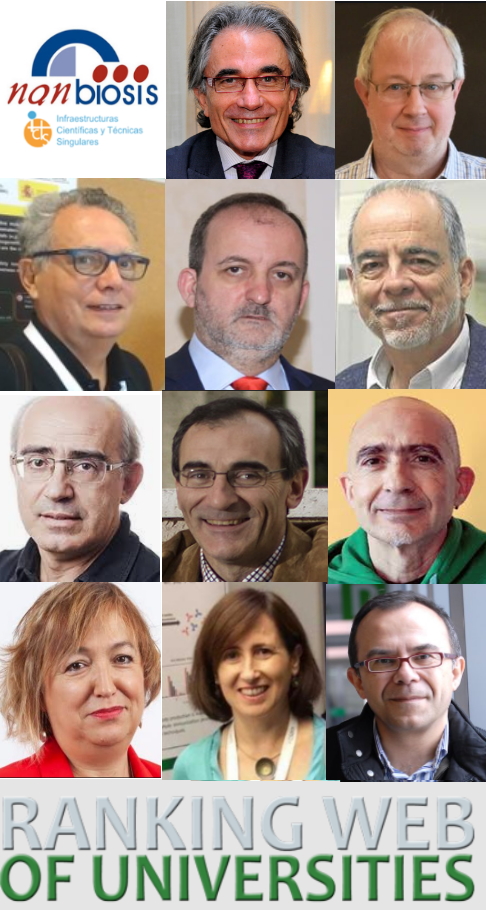Three Nanbiosis units work in the development of new sensors for the better detection of the fungus P. jirovecii, responsible for Pneumocystis pneumonia
Researchers from the CIBER-BBN have succeeded in developing detection systems for Pneumocystis jirovecii, an atypical fungus responsible for very serious pneumonia in immunosuppressed patients. These results, published in the journal Nanomaterials, are the result of collaboration between the CIBER-BBN groups led by Laura Lechuga, Ramon Eritja and Ramón Martínez Máñez, and the CIBERESP group led by Enrique J. Calderón.
The researchers acknowledge the paricipation of three NANBIOSIS units of CIBER-BBN:
- Nanbiosis U29 Oligonucleotide Synthesis Platform (OSP), led by Ramon Eritja and Anna Avinó at IQAC-CSIC and
- Nanbiosis U4 Biodeposition and Biodetection Unit , led by Laura Lechuga at ICN2-CSIC, and
- Nanbiosis U26 NMR: Biomedical Applications II from CIBER-BBN at University of Valencia, led by Ramón Martínez Máñez.
The detection of the fungus in patients, who may be asymptomatic carriers until they develop pneumonia, is currently carried out using the PCR technique, requiring several hours, adequate facilities and qualified personnel to detect it. Now, the application of Nanotechnology has allowed the development of more sensitive and efficient biosensors to detect specific sequences corresponding to pathogens responsible for infectious diseases in a shorter time and without the need for large infrastructures.
In this case, a specific sequence corresponding to the gene belonging to the ribosomal subunit (mtLSU rRNA) of the P. jirovecii fungus has been detected using hairpin-shaped capture probes. These specific probes, as pointed out by Dr. Aviñó, a researcher at CIBER-BBN at the IQAC-CSIC, “are more efficient and are capable of recognizing a specific genomic sequence of the fungus and forming very stable triplex structures that can be detected on different platforms. biosensor “.
Laura Lechuga’s team at ICN2, through the use of an optical biosensor based on SPR technology, has detected in real time and without the use of markers, P. jirovecii in bronchoalveolar lavages and nasopharyngeal aspirates with a detection limit of nM level and in just a few minutes.
Likewise, the group led by Ramón Martínez-Máñez, scientific director of CIBER-BBN and principal investigator of the IQMA-IDM group at the Universitat Politècnica de València, has used the strategy of molecular gates composed of an anodic albumin matrix to develop a sensor capable of to efficiently detect real P. jirovecii samples without previous amplification steps in as little as one hour.
“These advances in the diagnosis of PCP have great potential for the development of highly sensitive point-of-care devices using direct patient samples and applicable in a wide variety of settings,” says the CIBERESP group leader. Enrique J. Calderón from the Virgen del Rocío University Hospital in Seville.
The researchers also emphasize that these techniques are very selective and can discriminate patients with other respiratory diseases derived from other microorganisms, thus allowing a more reliable diagnosis of infectious diseases.
Articles of reference:
Calvo-Lozano, O., Aviñó, A., Friaza, V., Medina-Escuela, A., S Huertas, C., Calderón, E. J., Eritja, E., Lechuga, L. M. (2020). Fast and accurate pneumocystis pneumonia diagnosis in human samples using a label-free plasmonic biosensor. Nanomaterials, 10(6), 1246. https://doi.org/10.3390/nano10061246
Pla, L., Santiago-Felipe, S., Aviñó, A., Eritja, R., Ruiz-Gaitán, A., Pemán, J., Friaza, V., Calderón, E.J. Martínez-Máñez, R., Aznar E. (2020). Triplex hybridization-based nanosystem for the rapid screening of Pneumocystis pneumonia in clinical samples. Journal of Fungi, 6(4), 292. https://doi.org/10.3390/jof6040292
